Pragmatic Version Control: Using SubversionMike Mason This book covers the theory behind version control and how it can help developers become more efficient, work better as a team, and keep on top of software complexity. Version control, done well, is your "undo" button for the project: nothing is final, and mistakes are easily rolled back.
This book describes Subversion 1.3, the latest and hottest open source version control system, using a recipe-based approach that will get you up and running quickly and correctly. Learn how to use Subversion the right way-the pragmatic way.
With this book, you can: Keep all project assets safe—not just source code—and never run the risk of losing a great ideaKnow how to undo bad decisions—even directories and symlinks are versionedLearn how to share code safely, and work in parallel for maximum efficiencyInstall Subversion and organize, administer and backup your repositoryShare code over a network with Apache, svnserve, or sshCreate and manage releases, code branches, merges and bug fixesManage 3rd party code safelyUse all the latest Subversion 1.3 features including locking and path-based security, and much more!
Now there's no excuse not to use professional-grade version control. Regression Analysis with PythonLuca Massaron, Alberto Boschetti Key Features Become competent at implementing regression analysis in PythonSolve some of the complex data science problems related to predicting outcomesGet to grips with various types of regression for effective data analysisBook Description
Regression is the process of learning relationships between inputs and continuous outputs from example data, which enables predictions for novel inputs. There are many kinds of regression algorithms, and the aim of this book is to explain which is the right one to use for each set of problems and how to prepare real-world data for it. With this book you will learn to define a simple regression problem and evaluate its performance. The book will help you understand how to properly parse a dataset, clean it, and create an output matrix optimally built for regression. You will begin with a simple regression algorithm to solve some data science problems and then progress to more complex algorithms. The book will enable you to use regression models to predict outcomes and take critical business decisions. Through the book, you will gain knowledge to use Python for building fast better linear models and to apply the results in Python or in any computer language you prefer. What you will learn Format a dataset for regression and evaluate its performanceApply multiple linear regression to real-world problemsLearn to classify training pointsCreate an observation matrix, using different techniques of data analysis and cleaningApply several techniques to decrease (and eventually fix) any overfitting problemLearn to scale linear models to a big dataset and deal with incremental dataAbout the Author
Luca Massaron is a data scientist and a marketing research director who is specialized in multivariate statistical analysis, machine learning, and customer insight with over a decade of experience in solving real-world problems and in generating value for stakeholders by applying reasoning, statistics, data mining, and algorithms. From being a pioneer of Web audience analysis in Italy to achieving the rank of a top ten Kaggler, he has always been very passionate about everything regarding data and its analysis and also about demonstrating the potential of datadriven knowledge discovery to both experts and non-experts. Favoring simplicity over unnecessary sophistication, he believes that a lot can be achieved in data science just by doing the essentials.
Alberto Boschetti is a data scientist, with an expertise in signal processing and statistics. He holds a Ph.D. in telecommunication engineering and currently lives and works in London. In his work projects, he faces daily challenges that span from natural language processing (NLP) and machine learning to distributed processing. He is very passionate about his job and always tries to stay updated about the latest developments in data science technologies, attending meet-ups, conferences, and other events. Table of Contents Regression – The Workhorse of Data ScienceApproaching Simple Linear RegressionMultiple Regression in ActionLogistic RegressionData PreparationAchieving GeneralizationOnline and Batch LearningAdvanced Regression MethodsReal-world Applications for Regression Models Swift Programming: The Big Nerd Ranch GuideMatthew Mathias, John Gallagher Through the authors' carefully constructed explanations and examples, you will develop an understanding of Swift grammar and the elements of effective Swift style. This book is written for Swift 3.0 and will also show you how to navigate Xcode 8 and get the most out of Apple's documentation.
Throughout the book, the authors share their insights into Swift to ensure that you understand the hows and whys of Swift and can put that understanding to use in different contexts.
After working through the book, you will have the knowledge and confidence to develop your own solutions to a wide range of programming challenges using Swift. Learning Predictive Analytics with REric Mayor Get to grips with key data visualization and predictive analytic skills using RAbout This Book Acquire predictive analytic skills using various tools of RMake predictions about future events by discovering valuable information from data using RComprehensible guidelines that focus on predictive model design with real-world dataWho This Book Is For
If you are a statistician, chief information officer, data scientist, ML engineer, ML practitioner, quantitative analyst, and student of machine learning, this is the book for you. You should have basic knowledge of the use of R. Readers without previous experience of programming in R will also be able to use the tools in the book. What You Will Learn Customize R by installing and loading new packagesExplore the structure of data using clustering algorithmsTurn unstructured text into ordered data, and acquire knowledge from the dataClassify your observations using Naive Bayes, k-NN, and decision treesReduce the dimensionality of your data using principal component analysisDiscover association rules using AprioriUnderstand how statistical distributions can help retrieve information from data using correlations, linear regression, and multilevel regressionUse PMML to deploy the models generated in RIn Detail
R is statistical software that is used for data analysis. There are two main types of learning from data: unsupervised learning, where the structure of data is extracted automatically; and supervised learning, where a labeled part of the data is used to learn the relationship or scores in a target attribute. As important information is often hidden in a lot of data, R helps to extract that information with its many standard and cutting-edge statistical functions.
This book is packed with easy-to-follow guidelines that explain the workings of the many key data mining tools of R, which are used to discover knowledge from your data.
You will learn how to perform key predictive analytics tasks using R, such as train and test predictive models for classification and regression tasks, score new data sets and so on. All chapters will guide you in acquiring the skills in a practical way. Most chapters also include a theoretical introduction that will sharpen your understanding of the subject matter and invite you to go further.
The book familiarizes you with the most common data mining tools of R, such as k-means, hierarchical regression, linear regression, association rules, principal component analysis, multilevel modeling, k-NN, Naive Bayes, decision trees, and text mining. It also provides a description of visualization techniques using the basic visualization tools of R as well as lattice for visualizing patterns in data organized in groups. This book is invaluable for anyone fascinated by the data mining opportunities offered by GNU R and its packages. Style and approach
This is a practical book, which analyzes compelling data about life, health, and death with the help of tutorials. It offers you a useful way of interpreting the data that's specific to this book, but that can also be applied to any other data. TensorFlow Machine Learning CookbookNick McClure Key Features Your quick guide to implementing TensorFlow in your day-to-day machine learning activitiesLearn advanced techniques that bring more accuracy and speed to machine learningUpgrade your knowledge to the second generation of machine learning with this guide on TensorFlowBook Description
TensorFlow is an open source software library for Machine Intelligence. The independent recipes in this book will teach you how to use TensorFlow for complex data computations and will let you dig deeper and gain more insights into your data than ever before. You'll work through recipes on training models, model evaluation, sentiment analysis, regression analysis, clustering analysis, artificial neural networks, and deep learning each using Google's machine learning library TensorFlow.
This guide starts with the fundamentals of the TensorFlow library which includes variables, matrices, and various data sources. Moving ahead, you will get hands-on experience with Linear Regression techniques with TensorFlow. The next chapters cover important high-level concepts such as neural networks, CNN, RNN, and NLP.
Once you are familiar and comfortable with the TensorFlow ecosystem, the last chapter will show you how to take it to production. What you will learn Become familiar with the basics of the TensorFlow machine learning libraryGet to know Linear Regression techniques with TensorFlowLearn SVMs with hands-on recipesImplement neural networks and improve predictionsApply NLP and sentiment analysis to your dataMaster CNN and RNN through practical recipesTake TensorFlow into productionAbout the Author
Nick McClure is currently a senior data scientist at PayScale, Inc. in Seattle, WA. Prior to this, he has worked at Zillow and Caesar's Entertainment. He got his degrees in Applied Mathematics from The University of Montana and the College of Saint Benedict and Saint John's University.
He has a passion for learning and advocating for analytics, machine learning, and artificial intelligence. Nick occasionally puts his thoughts and musings on his Twitter account, @nfmcclure. Table of Contents Getting Started with TensorFlowThe TensorFlow WayLinear RegressionSupport Vector MachinesNearest Neighbor MethodsNeural NetworksNatural Language ProcessingConvolutional Neural NetworksRecurrent Neural NetworksTaking TensorFlow to ProductionMore with TensorFlow PostScript(R) by ExampleHenry McGilton, Mary Campione Provides carefully designed examples to show readers how to design and execute effective PostScript and PostScript Level 2 programs, generate their own customized PostScript codes, and deal with fonts, text, and printing devices. Sensor Technologies: Healthcare, Wellness and Environmental ApplicationsMichael J. McGrath, Cliodhna N? Scanaill Sensor Technologies: Healthcare, Wellness and Environmental Applications explores the key aspects of sensor technologies, covering wired, wireless, and discrete sensors for the specific application domains of healthcare, wellness and environmental sensing. It discusses the social, regulatory, and design considerations specific to these domains.
The book provides an application-based approach using real-world examples to illustrate the application of sensor technologies in a practical and experiential manner. The book guides the reader from the formulation of the research question, through the design and validation process, to the deployment and management phase of sensor applications. The processes and examples used in the book are primarily based on research carried out by Intel or joint academic research programs.
“Sensor Technologies: Healthcare, Wellness and Environmental Applications provides an extensive overview of sensing technologies and their applications in healthcare, wellness, and environmental monitoring. From sensor hardware to system applications and case studies, this book gives readers an in-depth understanding of the technologies and how they can be applied. I would highly recommend it to students or researchers who are interested in wireless sensing technologies and the associated applications.”
Dr. Benny Lo
Lecturer, The Hamlyn Centre, Imperial College of London
“This timely addition to the literature on sensors covers the broad complexity of sensing, sensor types, and the vast range of existing and emerging applications in a very clearly written and accessible manner. It is particularly good at capturing the exciting possibilities that will occur as sensor networks merge with cloud-based ‘big data’ analytics to provide a host of new applications that will impact directly on the individual in ways we cannot fully predict at present. It really brings this home through the use of carefully chosen case studies that bring the overwhelming concept of 'big data' down to the personal level of individual life and health.”
Dermot Diamond
Director, National Centre for Sensor Research, Principal Investigator, CLARITY Centre for Sensor Web Technologies, Dublin City University
"Sensor Technologies: Healthcare, Wellness and Environmental Applications takes the reader on an end-to-end journey of sensor technologies, covering the fundamentals from an engineering perspective, introducing how the data gleaned can be both processed and visualized, in addition to offering exemplar case studies in a number of application domains. It is a must-read for those studying any undergraduate course that involves sensor technologies. It also provides a thorough foundation for those involved in the research and development of applied sensor systems. I highly recommend it to any engineer who wishes to broaden their knowledge in this area!"
Chris Nugent
Professor of Biomedical Engineering, University of Ulster
What you’ll learn The relevant sensing approaches and the hardware and software components required to capture and interpret sensor data.
The importance of regulations governing medical devices.
A design methodology for developing and deploying successful home- and community-based technologies, supported by relevant case studies.
Health, wellness, and environmental sensing applications and how they work.
The challenges and future directions of sensing in these domains.
Who this book is for
Sensor Technologies: Healthcare, Wellness and Environmental Applications is targeted at clinical and technical researchers, engineers, and students who want to understand the current state of the art in sensor applications in these domains. The reader gains a full awareness of the key technical and non-technical challenges that must be addressed in the development of successful end-to-end sensor applications. Real-world examples help give the reader practical insights into the successful development, deployment, and management of sensor applications. The reader will also develop an understanding of the personal, social, and ethical impact of sensor applications, now and in the future. Table of Contents Chapter One: Introduction
Chapter Goal: Reader should understand the key challenges and drivers for sensor application development. The reader should also understand how sensor technologies can play a role in addressing some of the key challenges facing global society in the short to medium term. 1. Book overview 2. Drivers for Sensor Applications (Infrastructure Growth in Developing Countries, Advances in Energy Harvesting, New Applications, Cost reduction, Real-time monitoring of situations to avoid unplanned downtime, Security (personal and national), the internet of things). 3. Challenges for Sensor Applications (Power, Efficient Operation in Harsh Environments, Number of Deployable Nodes, Safety and Regulations, High Cost of Installation, Security and Reliability, sensor management) 4. Global Megatrends and the opportunities for sensing technologies o Water and Food Constraints o Aging Demographics o Public Health o Pandemics o Security
Chapter 2: Sensing and Sensor Fundamentals
Chapter Goal: Reader should understand existing sensor technologies, which can be used in healthcare, wellness, and environmental domains. They should also understand the role of smart sensors and smart phones as mobile sensing platforms and aggregators. 1. Sensing Modalities (Mechanical, MEMS, Optical, ISFET, µTAS) 2. Sensing Domains (Air, Water, Noise, Bacterial, Chemical, Kinematic, DNA, Physiological) 3. Functional Characterisation of Sensors o Communication methods – discrete, wired, wireless o Smart Sensors and Sensor Platforms § MSP430 (SHIMMER and telosB motes) § ATmega § PIC 4. Smart Phones as mobile sensor platforms 5. Selecting and specifying sensors
Chapter 3 Key Sensor Technology Components – Hardware and Software Overview Chapter Goal: Reader should have a high level understanding of the key hardware and software components, which are necessary for the development of sensors systems and why technologies are selected for specific applications. 1. Overview – Sensor systems 2. MCU’s (TI MSP430, ATmega, PIC) a. ADCs b. Interrupts c. Real-time Clocks 3. Sensor Interfaces a. Digital b. Analog c. I2C 4. Communications – wired and wireless interfaces RS232/485, USB, Ethernet, FieldbusProprietary Short Range Wireless Protocols (e.g. ANT, BodyLAN, Sensium)Standard Short Range Protocols i. IEEE 802.15.6 ii. Bluetooth/Smart Bluetooth iii. 802.15.4 iv. UWB Medium Range i. Wi-Fi 5. Data storage (EEPROM, sd card, data forwarding) 6. Power management and Energy Harvesting 7. Operating Systems and Software Development Environments (SDK’s)
Chapter 4 Sensor Network Architectures
Chapter Goal: Reader should understand the various approaches to the design of sensor network architectures; scaling from body worn systems, to ambient sensing, to city-scale deployments. The reader should also understand the advantages and disadvantages of current and evolving sensor network architectures. 1. Sensor network architectures o Discrete Sensor o Sensor to aggregator o PAN/WPAN/smart clothing o Pervasive/Ambient sensor networks o Wide area networks (city-wide, country wide) 2. Challenges in developing and deploying sensor networks 3. Current and Proposed Solutions o Remote sensor management o Edge Processing o Power harvesting o New communication standards Chapter 5: Adding Vibrancy to Sensor Data Chapter Goal: Reader should understand the various methods to interpret and display sensor data to the user. They will understand the importance of creating a data analysis plan from the outset, and the different types of data analysis throughout the application stack. 1. Data Literacy – How can we intuitively answer questions with sensor data and contextualise answers 2. Data Quality a. Calibration b. Trust and Repudiation 3. Sensor Fusion – combining sensory data from disparate sources 4. Data Mining 5. Data Visualisation 6. Openness, data integration, virtual sensors 7. Exploiting the power of the cloud
Chapter 6: Regulation and Standards
Chapter Goal: Reader should understand the key technologies, which impac... | Mastering matplotlibDuncan M. McGreggor A practical guide that takes you beyond the basics of matplotlib and gives solutions to plot complex dataAbout This Book Customize, configure, and handle events, and interact with figures using matplotlibCreate highly intricate and complicated graphs using matplotlibExplore matplotlib's depths through examples and explanations in IPython notebooksWho This Book Is For
If you are a scientist, programmer, software engineer, or student who has working knowledge of matplotlib and now want to extend your usage of matplotlib to plot complex graphs and charts and handle large datasets, then this book is for you. What You Will Learn Analyze the matplotlib code base and its internalsRe-render visualized data on the fly based on changes in the user interfaceTake advantage of sophisticated third-party libraries to plot complex data relationshipsCreate custom styles for use in specialize publications, presentations, or online mediaGenerate consolidated master plots comprising many subplots for dashboard-like resultsDeploy matplotlib in Cloud environmentsUtilize matplotlib in big data projectsIn Detail
matplotlib is a Python plotting library that provides a large feature set for a multitude of platforms. Given the depth of the library's legacy and the variety of related open source projects, gaining expert knowledge can be a time-consuming and often confusing process.
You'll begin your exciting journey learning about the skills that are necessary in leading technical teams for a visualization project or to become a matplotlib contributor.
Supported by highly-detailed IPython Notebooks, this book takes you through the conceptual components underlying the library and then provides a detailed overview of its APIs. From there, you will learn about event handling and how to code for interactive plots.
Next you will move on to customization techniques, local configuration of matplotib, and then deployments in Cloud environments. The adventure culminates in an exploration of big data visualization and matplotlib clustering. Python 2.6 Text Processing: Beginners GuideJeff McNeil With a basic knowledge of Python you have the potential to undertake time-saving text processing. This book is a great introduction to the various techniques, and teaches through practical examples and clear explanations. Overview The easiest way to learn text processing with Python Deals with the most important textual data formats you will encounter Learn to use the most popular text processing libraries available for Python Packed with examples to guide you through What you will learn from this book Know the options available for processing text in Python Parse JSON data that is often used as a data delivery mechanism on the Internet Organize a log-processing application via modules and packages to make it more extensible Perform conditional matches via look-ahead and look-behind assertions by using basic regular expressions Process XML and HTML documents in a variety of ways based on the needs of your application Implement callback methods to perform SAX processing and walk in-memory DOM structures Understand Unicode, character encoding, internationalization, and localization Lay out a Mako template-based project by using techniques such as template inheritance, additional tags, and custom filters Install and use the Mako templating system to create your own Mako templates Process a large number of e-mail messages using the Python standard library and index them with Nucular for fast searching Fix common exceptions that occur while dealing with different types of text encoding Build simple PDF output using the ReportLab toolkit's high-level PLATYPUS framework Generate Microsoft Excel output using the xlwt module Open and edit existing Open Document files to use them as template sources Understand supporting functions and classes, such as the Python IO system and packaging components Approach This book is part of the Beginner's Guide series. Each chapter covers the steps for various tasks to process data followed The Conversational Interface: Talking to Smart DevicesMichael McTear, Zoraida Callejas, David Griol Barres This book provides a comprehensive introduction to the conversational interface, which is becoming the main mode of interaction with virtual personal assistants, smart devices, various types of wearable, and social robots. The book consists of four parts. Part I presents the background to conversational interfaces, examining past and present work on spoken language interaction with computers. Part II covers the various technologies that are required to build a conversational interface along with practical chapters and exercises using open source tools. Part III looks at interactions with smart devices, wearables, and robots, and discusses the role of emotion and personality in the conversational interface. Part IV examines methods for evaluating conversational interfaces and discusses future directions. Python GUI Programming CookbookBurkhard A. Meier Over 80 object-oriented recipes to help you create mind-blowing GUIs in PythonAbout This Book Use object-oriented programming to develop amazing GUIs in PythonCreate a working GUI project as a central resource for developing your Python GUIsPacked with easy-to-follow recipes to help you develop code using the latest released version of PythonWho This Book Is For
If you are a Python programmer with intermediate level knowledge of GUI programming and want to learn how to create beautiful, effective, and responsive GUIs using the freely available Python GUI frameworks, this book is for you. What You Will Learn Create amazing GUIs with Python’s built-in Tkinter moduleCustomize the GUIs by using layout managers to arrange the GUI widgetsAdvance to an object-oriented programming style using PythonDevelop beautiful charts using the free Matplotlib Python moduleUse threading in a networked environment to make the GUIs responsiveDiscover ways to connect the GUIs to a databaseUnderstand how unit tests can be created and internationalize the GUIExtend the GUIs with free Python frameworks using best practicesIn Detail
Python is a multi-domain, interpreted programming language. It is a widely used general-purpose, high-level programming language. It is often used as a scripting language because of its forgiving syntax and compatibility with a wide variety of different eco-systems. Its flexible syntax enables developers to write short scripts while at the same time, they can use object-oriented concepts to develop very large projects.
Python GUI Programming Cookbook follows a task-based approach to help you create beautiful and very effective GUIs with the least amount of code necessary. This book uses the simplest programming style, using the fewest lines of code to create a GUI in Python, and then advances to using object-oriented programming in later chapters. If you are new to object-oriented programming (OOP), this book will teach you how to take advantage of the OOP coding style in the context of creating GUIs written in Python.
Throughout the book, you will develop an entire GUI application, building recipe upon recipe, connecting the GUI to a database. In the later chapters, you will explore additional Python GUI frameworks, using best practices. You will also learn how to use threading to ensure your GUI doesn’t go unresponsive.
By the end of the book, you will be an expert in Python GUI programming to develop a common set of GUI applications. Cascading Style Sheets 2.0 Programmer's ReferenceEric A. Meyer The most authoritative quick reference available for CSS programmers. This handy resource gives you programming essentials at your fingertips, including all the new tags and features in CSS 2.0. You'll get concise information on designing and deploying complex style sheets as well as details on browser support. Entwerfen und Einführen von Active Directory und Netzwerksicherheit für Windows Server 2003. Die technische Referenz.Microsoft Planen Sie die Einführung von Microsoft Windows Server 2003 mit dem Know-how und der Unterstützung derer, die diese Technologie am besten kennen – dem Windows Server 2003-Produktteam. Der erste Teil dieses Buchs liefert Ihnen umfassende Informationen über den Entwurf und die Einführung von Active Directory in Ihrer Organisation – unabhängig davon, ob Sie eine neue logische Struktur für Active Directory entwerfen, den Verzeichnisdienst zum ersten Mal einführen, eine bestehende Windows-Umgebung auf Windows Server 2003 aktualisieren oder neu strukturieren wollen. Bereits in einer frühen Phase dieses Bereitstellungsvorgangs müssen Sie wichtige Entscheidungen über den Entwurf und die Einführung von verteilten Sicherheitsdiensten für Windows Server 2003 treffen, darunter Authentifizierung, Zugriffssteuerung und Verwendung von Zertifikaten. Der zweite Teil dieses Buchs hilft Ihnen, die Dokumentation für Entwurf und Planung vorzubereiten, um eine stabile Grundlage für diese Sicherheitsdienste zu legen. Die beiliegende CD enthält Tools und Arbeitshilfen, die Ihre Planung effizient unterstützen. |
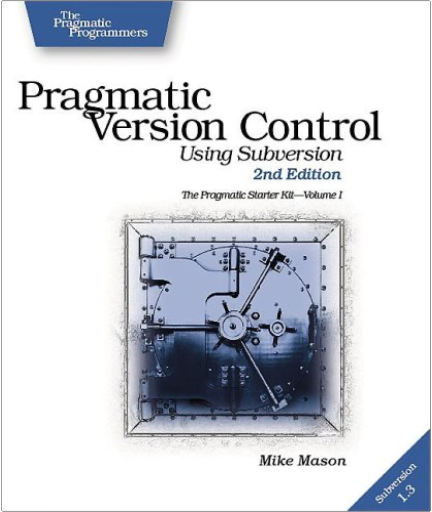
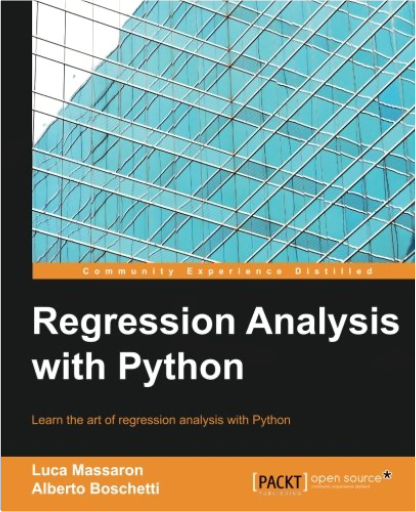
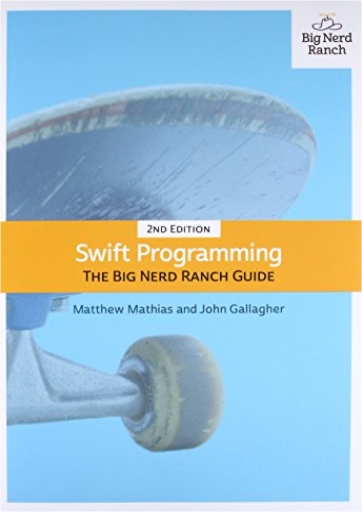
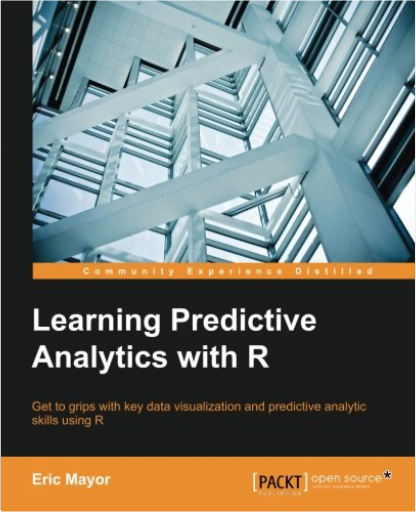
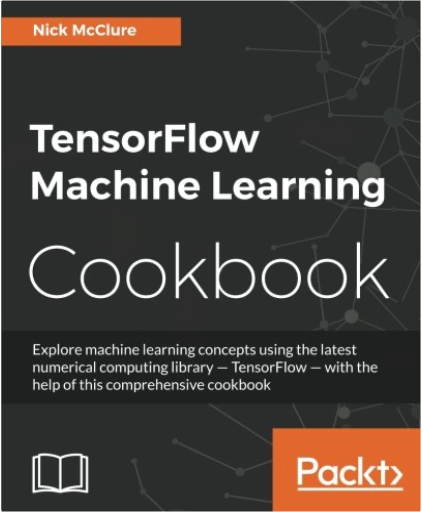
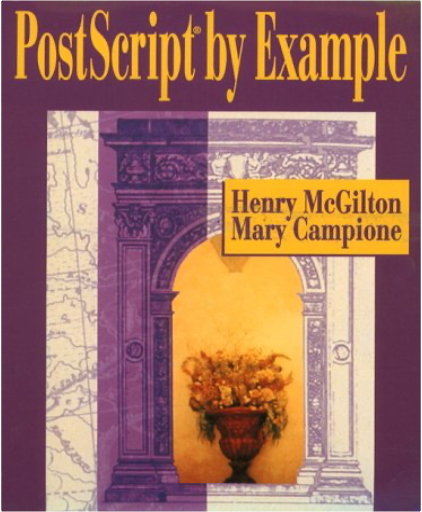
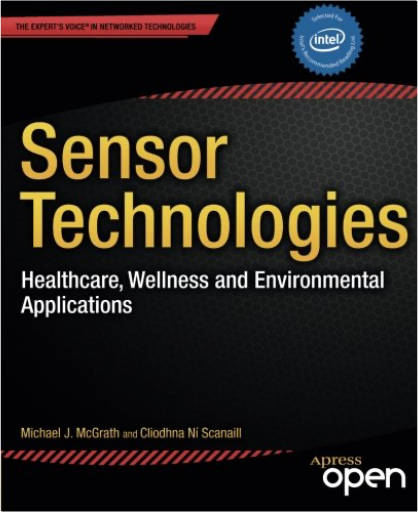
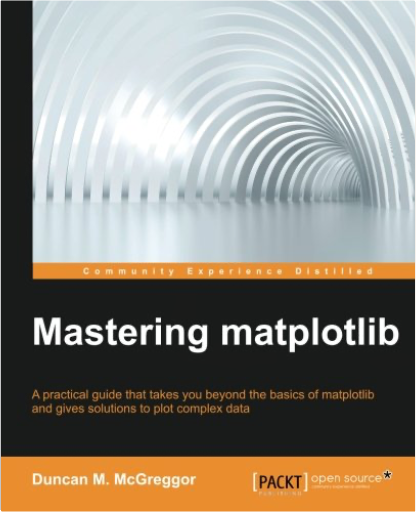
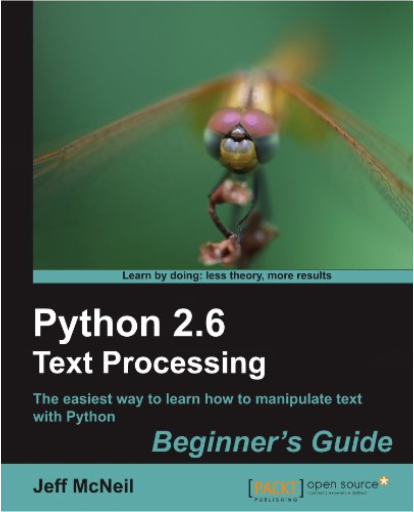
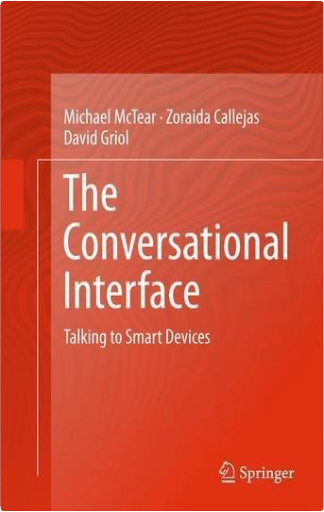
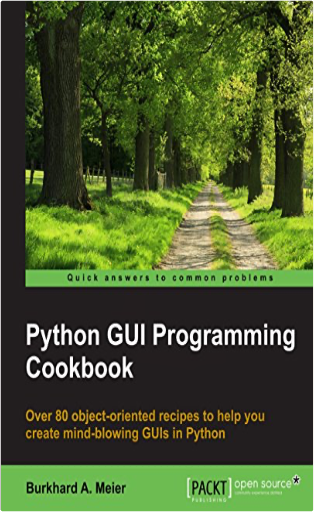
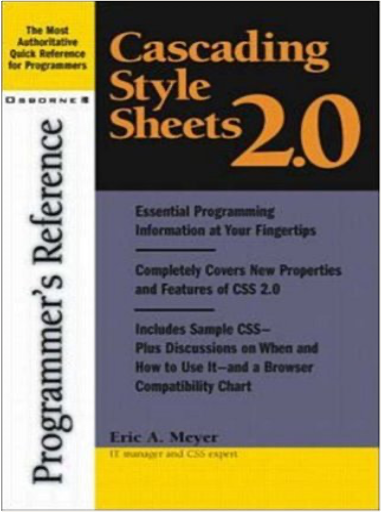
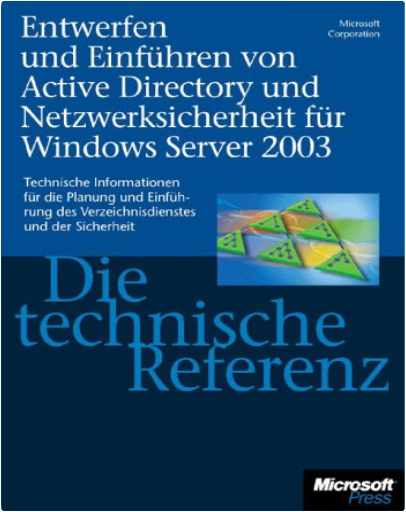


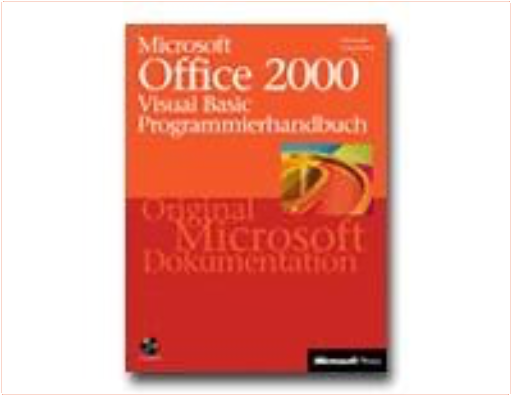
 Made with Delicious Library
Made with Delicious Library